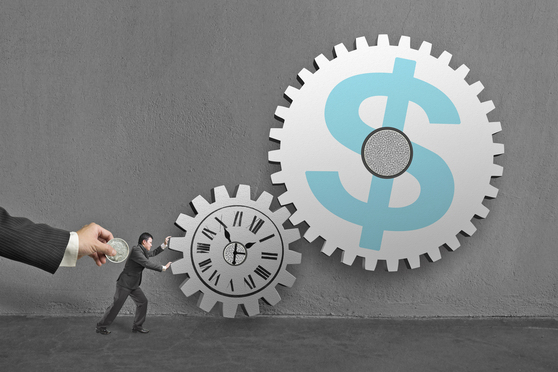In recent years, the legal industry has witnessed a lot of change in the nature and handling of electronic discovery. A major part of that change has had to do with IT best practices, better information retention, and software solutions continuously evolving to make sense of the enormous growth in stored data, while at the same time, keeping costs in check.
Many of the efficiencies gained during this evolution of e-discovery can be credited to the efforts and innovations of CIOs, in-house counsel, judges and e-discovery software companies. Meanwhile, most of the benefits of this evolution have been passed on to end buyers (mostly large corporations) who foot the bill for expensive e-discovery. And while the efficiencies gained during this process have helped reduce the burden of the end buyers, there is a need for constant improvement to make sure that the benefits gained in the past through these efforts do not taper off or get lost against the growing pressures of cost and big data. This makes outside counsel and law firms well positioned to contribute to the next phase of e-discovery evolution.
This content has been archived. It is available through our partners, LexisNexis® and Bloomberg Law.
To view this content, please continue to their sites.
Not a Lexis Subscriber?
Subscribe Now
Not a Bloomberg Law Subscriber?
Subscribe Now
LexisNexis® and Bloomberg Law are third party online distributors of the broad collection of current and archived versions of ALM's legal news publications. LexisNexis® and Bloomberg Law customers are able to access and use ALM's content, including content from the National Law Journal, The American Lawyer, Legaltech News, The New York Law Journal, and Corporate Counsel, as well as other sources of legal information.
For questions call 1-877-256-2472 or contact us at [email protected]



